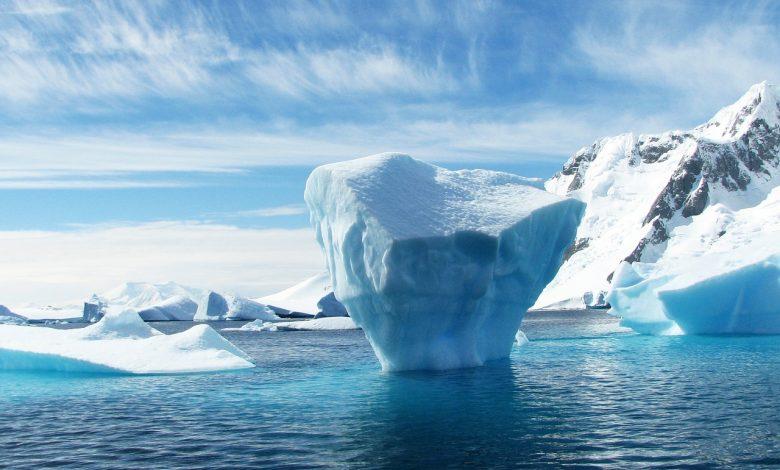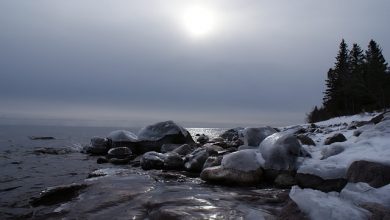Doomsday glacier in Antarctica is becoming more unstable
Doomsday glacier in Antarctica is becoming increasingly unstable: if it collapses, sea levels can rise by more than half a meter.

Thwaites glacier in western Antarctica, also known as the Doomsday glacier, is not doing well. Scientists have discovered that the massive ice mass is becoming increasingly unstable due to hot water coming from all sides. If the glacier collapsed, it could raise sea levels around the world by 65 centimeters.
The researchers involved are sounding the alarm in the renowned scientific journal Nature. They took advantage of a rare moment when the sea in the west of Antarctica was ice-free to take a look under the Thwaites Glacier, which is about the size of Great Britain, for the very first time. What they saw worried them.
Warm water
The data collected by the robot submarine of the International Thwaites Glacier Collaboration showed that warm water from the depths of the ocean rose from three directions and merged under the glacier. “It’s as if three guns were pointed at the Thwaites glacier,” says glaciologist Erin Pettit from Oregon State University, who has been studying the stability of the ice mass for two years. “The warm water comes from all sides.”

That water could further destabilize the glacier. If it collapses, it could drag parts of Antarctica’s western ice shelf with it and become the leading cause of sea-level rise this century. It could be as much as 65 centimeters.
The glacier protrudes more than 100 kilometers into the ocean and acts as a cork that holds the ice in place on land. “We have never seen an ice plate melt in a warming climate, so we don’t know exactly how it will go,” says glaciologist Ted Scambos.
How to proceed now? The researchers have done seismic tests on the ice shelf – to examine the bottom of the sea – and drilled through 300 meters of ice to install sensors that will monitor the state of the ocean for the next two years.
Mapping
Next year, the robot submarine will further map the bottom of the glacier to the part that rests on the land. Further data will also be collected on the currents and topography of the seabed below the glacier. The scientists hope that by the end of their project – in three years – they will have a better picture of the future of the Thwaites glacier and when the collapse could take place.





